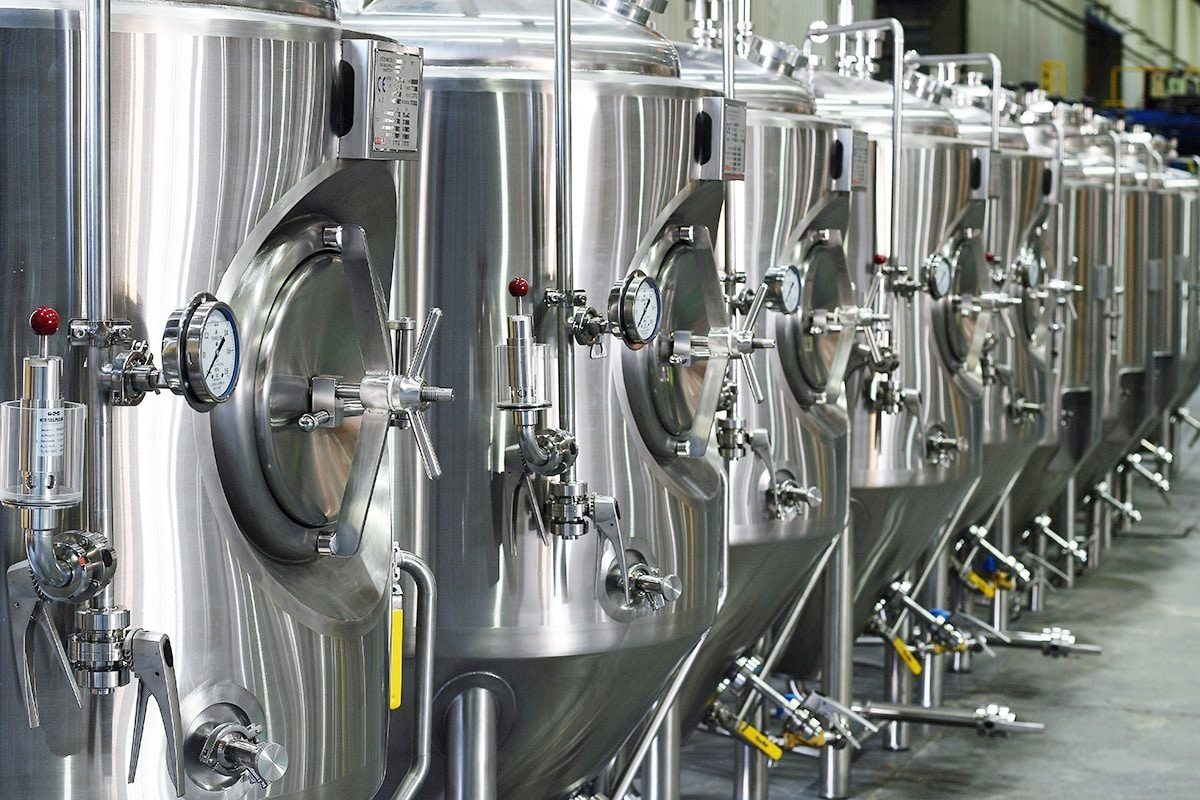
How to Choose Brewing Equipment: A Comprehensive Guide
Brewing beer is more than just a hobby, it’s a journey into a world of flavors and aromas. Whether you’re an aspiring homebrewer embarking on your first foaming adventure or a seasoned, dedicated brewmaster, the key to successful brewing lies in the equipment you choose. The world of brewing equipment is vast and diverse, both exciting and challenging for those looking for the perfect setup.
From the initial stages of mashing to the final stages of fermentation, each piece of equipment plays a key role in shaping the characteristics of the beer. In this comprehensive guide, we’ll dive into the key factors to consider, essential beer brewing equipment, and optional extras that can enhance your brewing experience. Join us on this journey to learn how the right brewing equipment can transform your kitchen or brewing space into a canvas for creativity, innovation, and perfect pints. Whether you’re dreaming of small-batch experiments or envisioning a larger-scale brewing operation, your choice of equipment will set the stage for the alchemical process of brewing.
A Comprehensive Guide
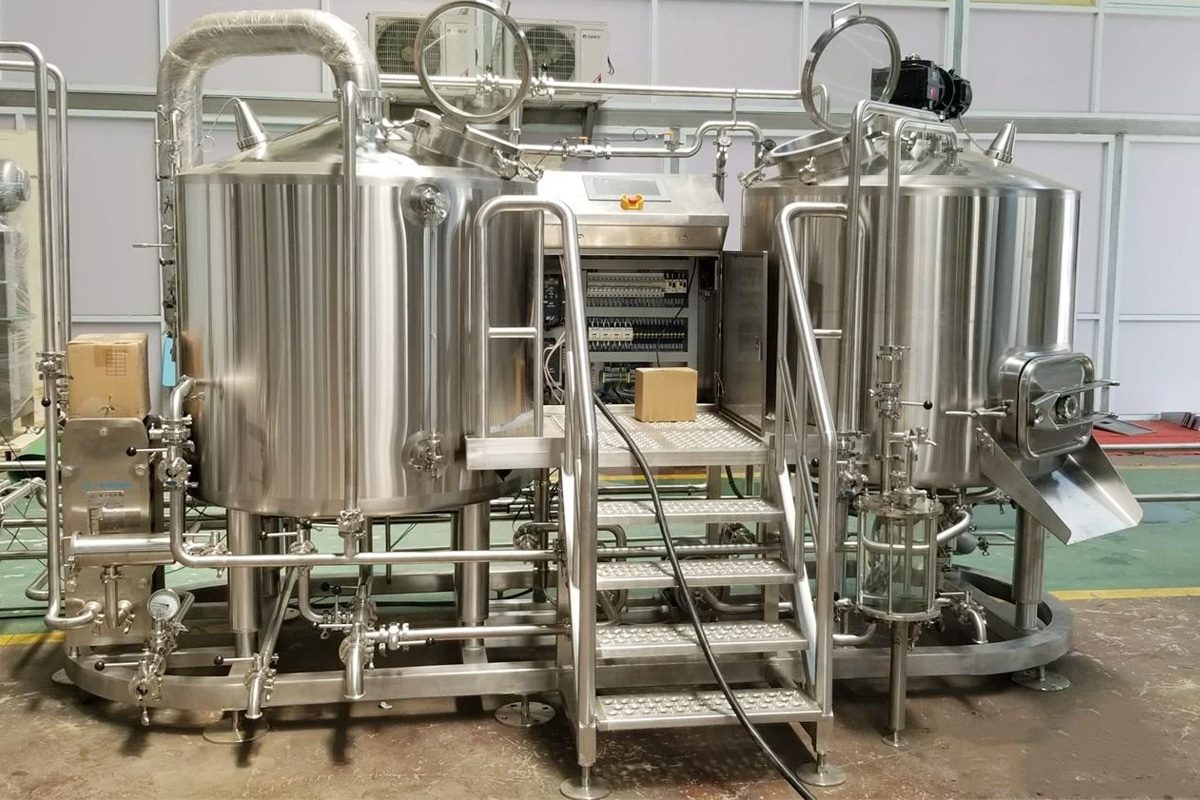
The Importance of Choosing Excellent Brewing Equipment
In the intricate world of brewing, the brewing equipment you choose is more than just tools, they are the architects that shape the flavor, aroma, and quality of your beer. The importance of choosing excellent brewing equipment goes far beyond the act of brewing itself, it determines the nature and character of your creation.
Accuracy And Consistency
Brewing is both a science and an art, so precision is crucial. From mashing temperatures to fermentation conditions, accuracy is required at every stage. Superior brewing equipment features built-in thermometers, precision valves, and gauges, allowing you to meticulously control and monitor every step. This precision sets the stage for consistency in your brews, ensuring every batch reflects your desired flavor profile.
Manufacturing Guarantee
High-quality brewing equipment is not only a current investment but also a commitment to the future of beer. Quality materials and workmanship reduce the risk of contamination, oxidation, or off-flavors, ensuring every batch meets the standards you set for your beer. Stainless steel, for example, is known for its durability, corrosion resistance, and ease of cleaning, qualities that help maintain a sterile brewing environment.
Control And Flexibility
Your choice of brewing equipment is more than a practical decision, it’s an invitation to unleash your creativity. Whether you’re experimenting with different hop varieties, experimenting with unique grains, or exploring different yeast strains, great equipment provides a canvas for your brewing art. It enables you to explore different brewing methods, tweak recipes, and fine-tune techniques to achieve your desired flavors, from subtle nuances to bold expressions, taking your brews to new heights.
Efficient And Time-Saving
Efficient brewing equipment can simplify the brewing process, saving time and effort. Advanced brewing systems are optimized for specific functions, automating tasks, reducing manual labor, and allowing brewers to focus on the art of brewing rather than mechanics.
The Art of Ventilation
Oxygen, while vital to life, is beer’s worst enemy. Great brewing equipment meets this challenge with design features like air-tight seals, specialized caps, and oxygenation tools. By minimizing contact with air during critical stages, you can protect your beer from off-flavors and aromas associated with oxidation.
Seamless Transition
Brewing involves a series of transformations, from mashing to boiling, and from fermentation to conditioning. Great brewing equipment can facilitate these transitions seamlessly, allowing you to move from one stage to the next efficiently and easily. A well-designed brewing system can minimize the risk of contamination, reduce the likelihood of accidents, and ultimately streamline your brewing process.
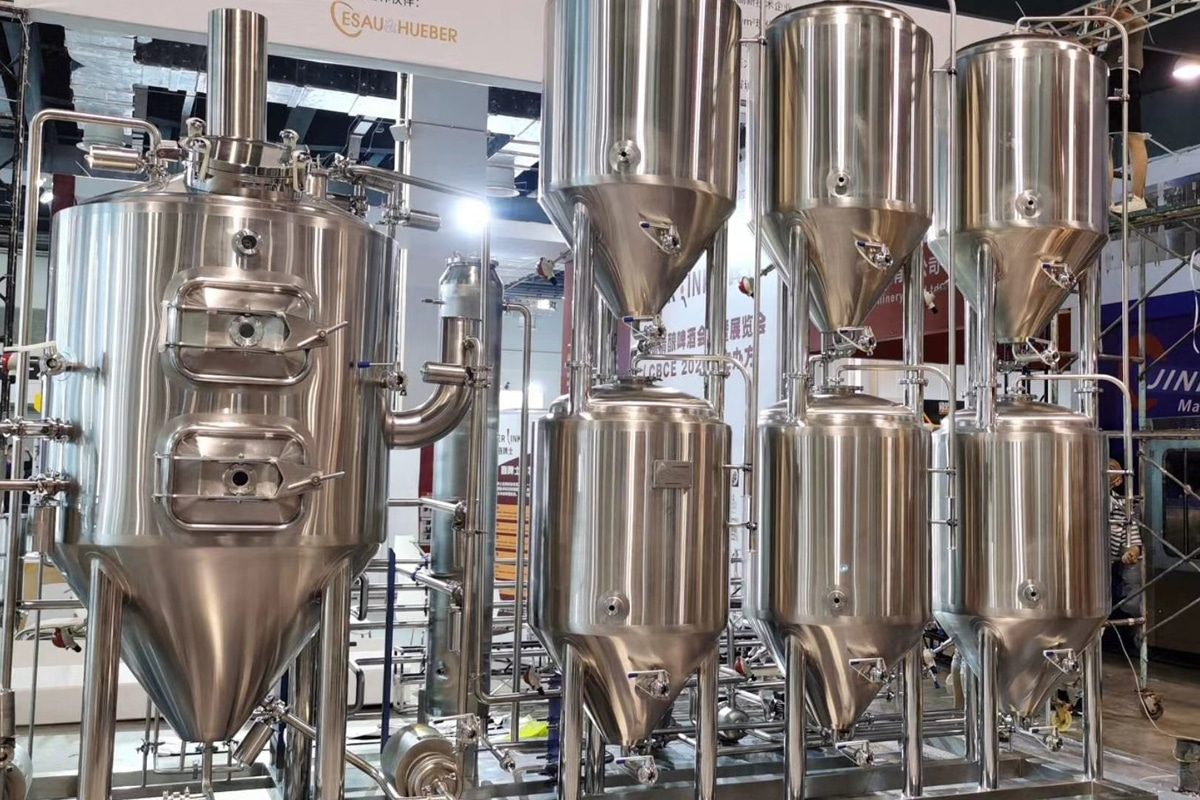
Factors To Consider When Choosing Brewing Equipment
Choosing brewing equipment is a critical step that requires careful consideration of several key factors. Each aspect makes a significant contribution to the brewing process, affecting quality, efficiency, and the overall brewing experience. Here’s a comprehensive breakdown of what you should consider when investing in brewing equipment:
Know Your Brewing Style
- Brewing method: Determine your preferred brewing method – extraction, partial mashing, or all-grain brewing. Different methods require specific equipment, ranging from basic kits for beginners to advanced setups for experienced winemakers.
- Batch size: Consider the amount of beer you plan to make per batch. Smaller units are suitable for experimental batches, while larger systems are suitable for brewing for events or commercial purposes.
Budget Considerations
- Initial investment vs. long-term costs: Evaluate not only your budget for the initial purchase, but also ongoing expenses such as raw materials, maintenance, and upgrades. Balance affordability with the quality and durability of your equipment.
- Prioritize essentials: Identify the key equipment needed to achieve your brewing goals within budget constraints. Consider starting with core equipment and gradually adding optional tools as you progress.
Explore Brewing Methods
- Traditional vs. modern equipment: Decide whether you prefer traditional methods or lean towards modern automated systems. Before choosing brewing equipment, understand the complexities and requirements of each method.
- Experimentation options: Consider equipment that allows flexible experimentation. A versatile setup allows winemakers to explore different styles and techniques, fostering creativity.
Material Quality
- Durability: Choose equipment made from high-quality, durable materials like food-grade stainless steel or food-grade plastic. Sturdy materials ensure longevity and minimize the risk of contamination or damage.
- Thermal conductivity: Select materials with excellent thermal conductivity, which is critical to maintaining precise temperatures during mashing, boiling, and fermentation.
Easy To Clean And Maintain
- Accessibility: Choose equipment with an accessible design that facilitates thorough cleaning. Removable parts, smooth surfaces, and minimal gaps simplify maintenance and hygiene. The easier the equipment is to clean, the more likely you are to maintain a sanitary brewing environment.
- Compatibility with cleaning agents: Ensure equipment is compatible with brewing-specific cleaning agents and disinfectants to maintain hygiene standards.
Size And Portability Considerations
- Space requirements: Assess the available space for your brewing equipment. Compact, stackable, or modular equipment may be better suited for limited space.
- Portability: Consider whether you need equipment that can be easily moved or stored, especially if you brew in a shared space or plan to attend brewing events.
Temperature Control
- Precision instruments: Maintaining precise temperatures throughout the brewing process is crucial. Invest in equipment that provides a precise temperature control mechanism, such as a kettle with a built-in thermometer or a fermentation tank with a temperature control system.
- Fermentation temperature stability: Ensure equipment provides insulation and control to maintain consistent fermentation temperatures, which contributes to the overall quality and flavor profile of your beer.
Brewing Equipment Versatility
- Multi-function tools: Multi-function equipment adds value to your investment. Consider equipment that has multiple uses or offers additional accessories to extend its functionality. For example, a kettle with a built-in valve can be used for filtration or liquid transfer in other stages of the whole wheat brewing process.
- Upgrade compatibility: Choose equipment that allows for future upgrades or additions, allowing you to adjust and expand your brewing setup as your skills and brewing ambitions grow.
User-Friendly Features
- Intuitive design: Choose equipment with user-friendly features such as ergonomic handles, clear volume markings, and well-designed connections for accessories like pumps or temperature controllers to simplify the brewing process. User-friendly settings minimize frustration and maximize enjoyment.
- Automation and control: Advanced features such as programmable interfaces or automation can simplify brewing tasks and make the process more manageable, especially for complex programs.
Brand Reputation And Reviews
- Research and reviews: Prioritize well-known brands known for quality craftsmanship, reliability, and excellent customer support. Read reviews and seek advice from experienced winemakers.
- Community feedback: Participate in brewing communities and forums to gather insights and suggestions based on real-life user experiences across different equipment brands and models.
Choosing brewing equipment is a personalized journey influenced by your brewing preferences, budget constraints, and desired level of sophistication. By carefully considering these factors, you can assemble a comprehensive brewing tool that is consistent with your unique brewing style and lays the foundation for countless batches of delicious craft beer.
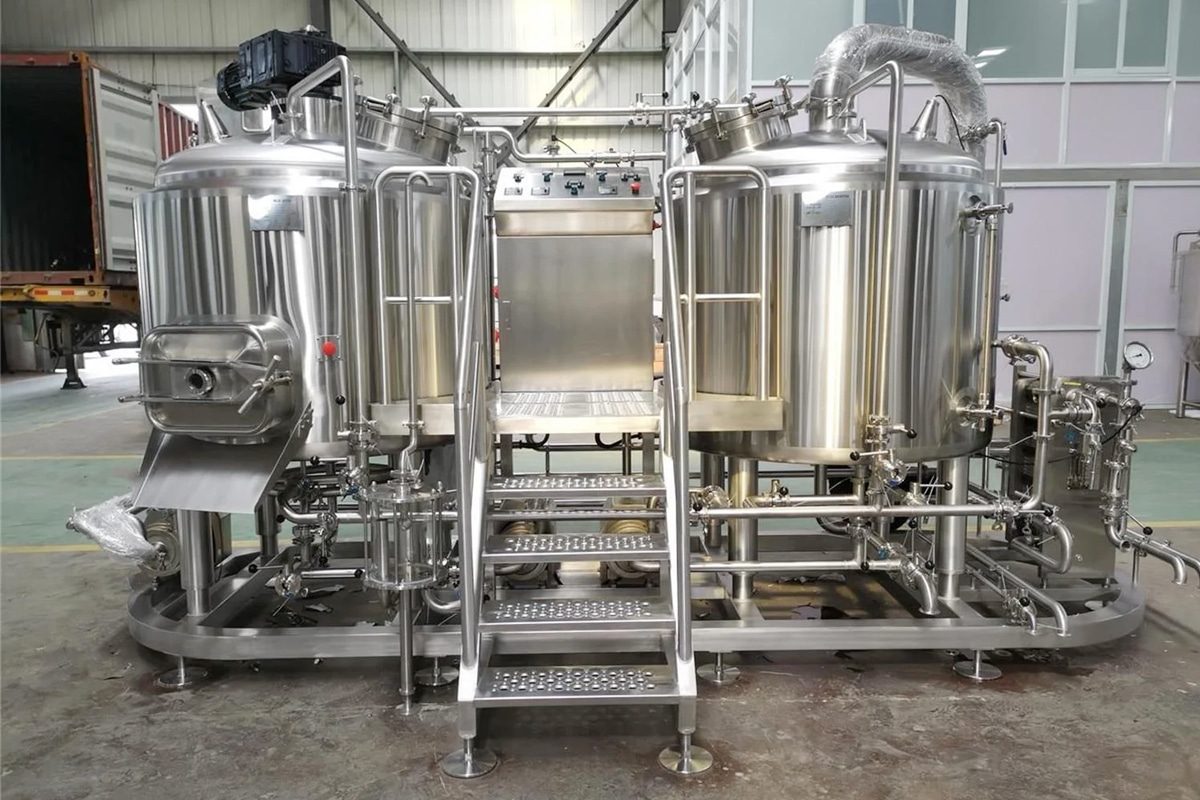
Necessary Beer Brewing Equipment
Milling Equipment
- Purpose: Crushes malted barley into grist for brewing.
- Options: Roller mills or hammer mills for large-scale malt processing.
- Considerations: Capacity and consistency of grain crush impact beer quality. Consider automation capabilities for consistent milling.
Mash Tun
- Purpose: Converts crushed grains into fermentable sugars through mashing.
- Options: Ranging from insulated stainless steel vessels to custom-built systems.
- Considerations: Size, heating method (direct fire, steam, or electric), and temperature control.
Lauter Tun
- Purpose: Separates the liquid wort from the solid grain residue after mashing.
- Options: Vessels with false bottoms, screens, or perforated plates.
- Considerations: Efficiency in lautering, ease of cleaning, and proper drainage.
Brew Kettle
- Purpose: Boiling the wort and adding hops for bitterness and aroma.
- Options: Large capacity, steam jacketed, or direct fire kettles made from stainless steel.
- Considerations: Ability to control boiling, evaporation rate, and hop utilization.
Whirlpool
- Purpose: Separates trub (coagulated proteins and hop debris) from the boiled wort.
- Options: Tanks with the tangential inlet for effective whirlpooling.
- Considerations: Efficiency in trub separation, reducing solid material in the final product.
Heat Exchanger
- Purpose: To quickly cool down the hot wort after boiling.
- Options: Plate or tube heat exchanger for efficient wort cooling.
- Considerations: Sterilization and cooling capabilities to achieve optimal fermentation temperatures.
- Usage: Large-capacity fermentation container.
- Options: Conical fermenters with cooling jackets in various capacities made of stainless steel.
- Considerations: Choose a tank with precise temperature control, pressure ratings, and sanitary features for optimal fermentation conditions.
- Purpose: Tanks for conditioning and carbonating beer before packaging.
- Options: Pressure-rated containers focusing on clarity and carbonation control.
- Considerations: Carbonation level, clarity, and storage capacity.
Hot Liquid Tank (HLT) And Cold Liquid Tank (CLT)
- Purpose: To store hot and cold water used in the brewing process.
- Considerations: Insulated tank with temperature control for increased efficiency.
Yeast Propagation Equipment
- Purpose: To grow and maintain yeast cultures for fermentation.
- Options: Yeast rim, propagation tank, or dedicated yeast propagation system.
- Considerations: Volume, aeration, and temperature control for healthy yeast.
Brewery Control System
- Purpose: Automation of the brewing process.
- Options: Programmable Logic Controller (PLC) or brewery management software.
- Considerations: Customizable to your specific brewing setup and process.
Cleaning in Place (CIP) Systems
- Purpose: Automated systems for cleaning brewing vessels and equipment.
- Options: CIP cart or fixed CIP system.
- Considerations: Ensure compatibility with different brewery containers.
Packaging Equipment
- Purpose: Fill and seal beer into containers for distribution.
- Options: keg filler, canning line, bottling line, or combination for different packaging needs.
- Considerations: Choose packaging equipment that is appropriate for your distribution channel.
Quality Control Instruments
- Purpose: Monitor and ensure beer quality at different stages.
- Options: Laboratory equipment for testing pH, gravity, alcohol content, and sensory analysis.
- Considerations: Measure accurately to ensure consistency and quality.
Utilities
- Requirements: Critical infrastructure for brewery operations, ensuring adequate water supply, effective drainage, and appropriate power supply.
- Components: Steam boiler, glycol chiller, water treatment system, and HVAC for temperature control.
- Considerations: Work with the contractor to ensure brewery-scale utility requirements (reliability, capacity, and energy efficiency for continuous operations) are met.
Bar Room And Service Equipment
- Purpose: To serve beer on site.
- Options: Ventilation system, taps, glassware, and seating.
- Considerations: Create a comfortable, welcoming bar experience for customers.
Filtering System
- Purpose: To remove unwanted particles from beer.
- Options: diatomaceous earth filter, plate filter, or in-line filter.
- Considerations: Choose your system based on beer style and desired clarity.
Waste Management System
- Purpose: Proper disposal of brewing by-products and waste.
- Considerations: Implement recycling and waste reduction practices.
Brewing Software And Data Management
- Purpose: Recipe formulation, batch tracking, and inventory management.
- Options: Brewery management software tailored for commercial operations.
- Considerations: Choose a system that integrates seamlessly with your brewery’s workflow.
Storage Tank
- Purpose: Bulk storage of raw materials (such as malt, hops, yeast) and finished beer.
- Options: Grain silos, hops storage facilities, and large beer storage tanks.
- Considerations: Proper handling and storage conditions to maintain ingredient quality and beer freshness.
Setting up a brewery requires careful planning and investment in quality brewing equipment. Each piece of equipment plays a vital role in the brewing process, ensuring consistency, efficiency and the production of high-quality beer. When building or expanding a brewery, consider your production goals, beer style, and long-term sustainability to make informed decisions about necessary equipment.
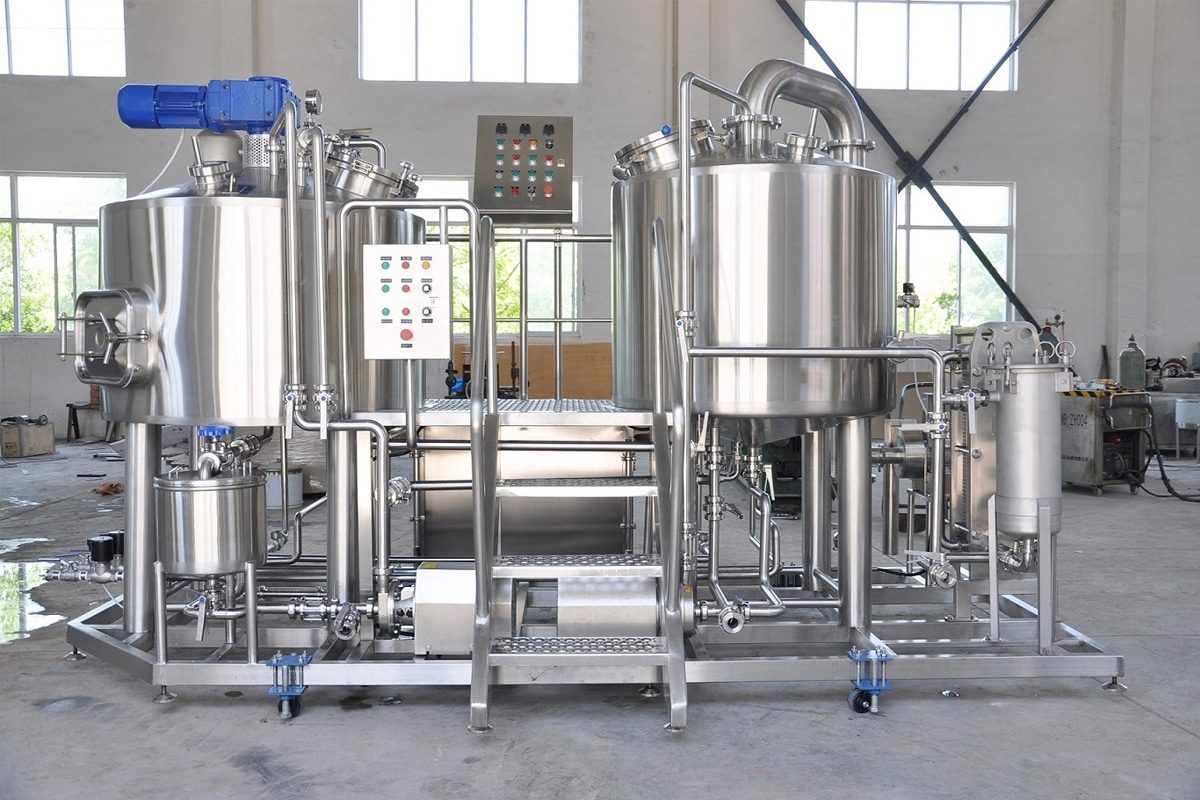
Additional Features To Enhance Your Beer Brewing Experience
Enhancing your beer brewing experience involves integrating additional features and tools that can elevate the quality, efficiency, and enjoyment of the brewing process. Here’s a detailed list of features and tools to consider for an enhanced beer brewing experience:
Digital Temperature Controllers
- Purpose: Provides precise temperature control during mashing and fermentation.
- Considerations: Programmable controllers help maintain consistent temperatures, crucial for achieving desired flavors.
Automated Brewing Systems
- Purpose: Fully or semi-automated systems for hands-free brewing.
- Considerations: Suitable for those seeking convenience and repeatability in the brewing process.
Water Testing Kit
- Purpose: Analyzes water chemistry for brewing adjustments.
- Options: Portable or laboratory-grade water testing kits.
- Considerations: Enables customization of brewing water for specific beer styles.
Glycol Chiller System
- Purpose: Controls fermentation temperatures in multiple vessels simultaneously.
- Options: Glycol chillers with temperature control units.
- Considerations: Ideal for larger setups and precise temperature management.
Automated Wort Oxygenation System
- Purpose: Ensures proper oxygen levels in the wort for yeast health.
- Options: Oxygenation wands with flow meters or automated aeration systems.
- Considerations: Consistent aeration without introducing contaminants.
Malt Conditioning Equipment
- Purpose: Conditions malt before milling for improved crush.
- Considerations: Enhances extract efficiency and promotes better lautering.
Recirculating Wort Systems
- Purpose: Recirculates wort during the boil for enhanced hop utilization.
- Considerations: Improves hop flavor and aroma extraction.
Yeast Brink or Propagation System
- Purpose: Cultivates and propagates yeast for healthy fermentations.
- Considerations: Useful for those brewing high-gravity or lager beers.
Monitoring And Control Systems
- Purpose: Monitors brewing parameters and controls processes.
- Options: Digital brewing controllers or software-based monitoring systems.
- Considerations: Tracks temperature, pressure, and other crucial parameters for consistency.
CO2 Monitoring And Control
- Purpose: Monitors and controls carbon dioxide levels during fermentation and carbonation.
- Considerations: Ensures proper carbonation and reduces the risk of oxidation.
Hop Back or Hop Rocket
- Purpose: Adds additional hop character post-boil.
- Considerations: Useful for infusing hop flavors without adding bitterness.
Pressure Fermentation Equipment
- Purpose: Ferments under pressure for improved ester control and faster fermentation.
- Considerations: Suitable for certain beer styles and rapid turnaround.
Dry Hopping Gear
- Purpose: Facilitates efficient and controlled dry hopping.
- Options: Dry hopping canisters, bags, or hop guns.
- Considerations: Reduces the risk of oxidation during dry hopping.
Spunding Valve
- Purpose: Controls and maintains fermenter pressure during fermentation.
- Considerations: Useful for natural carbonation and reducing diacetyl.
Digital Refractometer or Hydrometer
- Purpose: Measures specific gravity accurately.
- Options: Handheld digital refractometers or hydrometers with digital readings.
- Considerations: Offers precise gravity readings during brewing and fermentation.
CO2 Recovery Systems
- Purpose: Captures and reuses CO2 generated during fermentation.
- Options: CO2 scrubbers or recovery systems.
- Considerations: Reduces carbon footprint and saves on CO2 costs.
Digital pH Meter With Temperature Compensation
- Purpose: Measures acidity accurately in brewing solutions.
- Options: Benchtop or handheld pH meters with temperature compensation.
- Considerations: Essential for adjusting mash pH and monitoring fermentation.
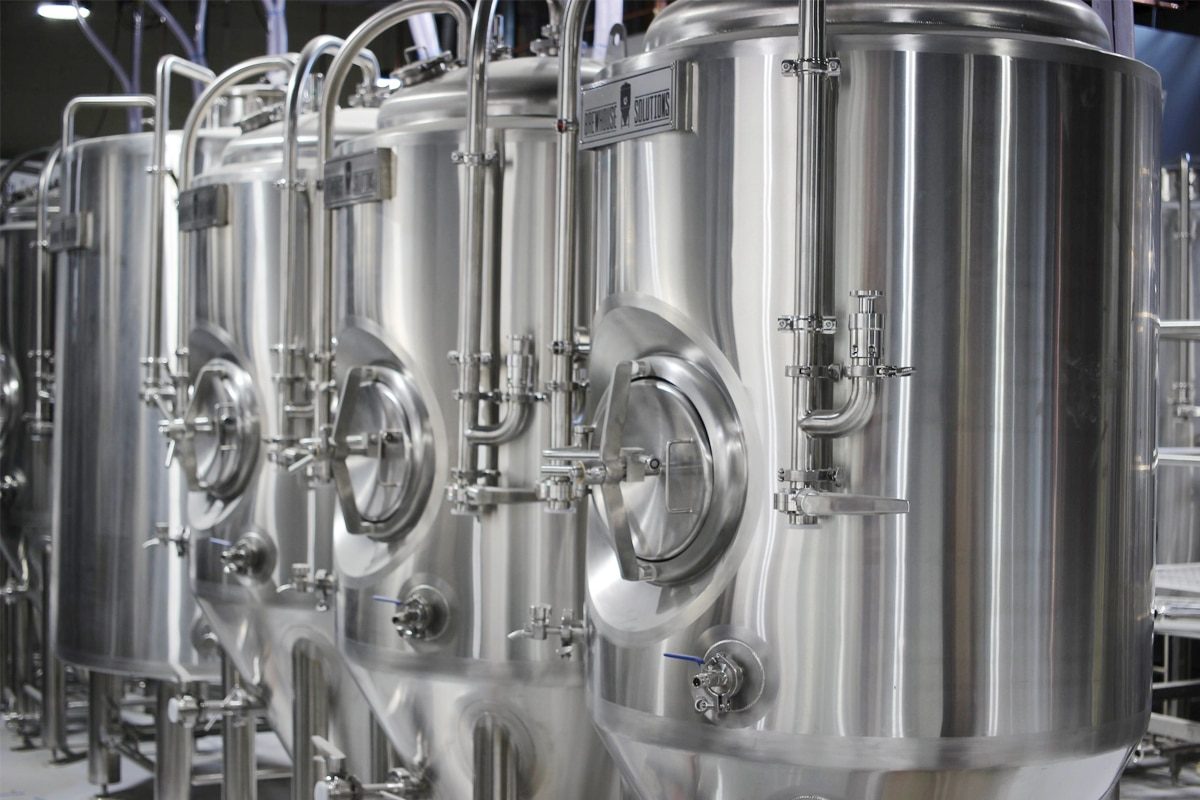
Summarize
In the quest for brewing excellence, choosing the right equipment is paramount. Our guide, “How to Choose Brewing Equipment,” is a comprehensive resource for brewers at all levels. We explore key factors such as brewing style alignment, budget considerations, and the exploration of various brewing methods. From the importance of material quality and ease of maintenance to considerations of size, portability, and temperature control, each aspect is dissected for informed decision-making. The article not only outlines necessary brewing equipment but also introduces optional extras for an enhanced brewing experience. Whether you’re a homebrewer or an aspiring commercial brewer, this guide equips you with the knowledge to craft the perfect brew, ensuring every detail of your brewing setup contributes to a successful and satisfying outcome.
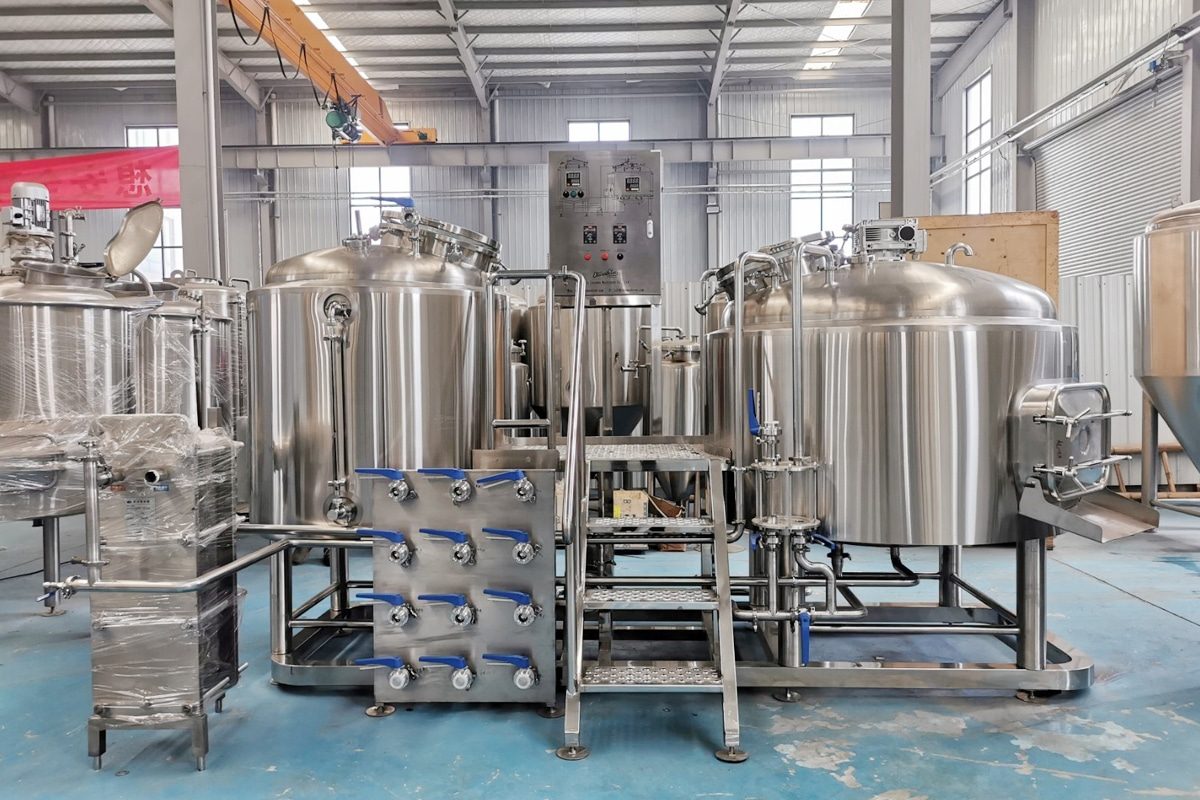
Get A Complete Brewing Solution
Choosing brewing equipment is a critical step in the process of brewing quality beverages. At ZYB Craft, we understand the importance of choosing the perfect brewing equipment. We’re ready to guide brewers through the process, offering expertise and a wide selection of brewing equipment. With our help, brewers can make informed decisions to realize their brewing aspirations. Ask ZYB Craft today to get started on your brewing journey with the perfect equipment for your needs.



